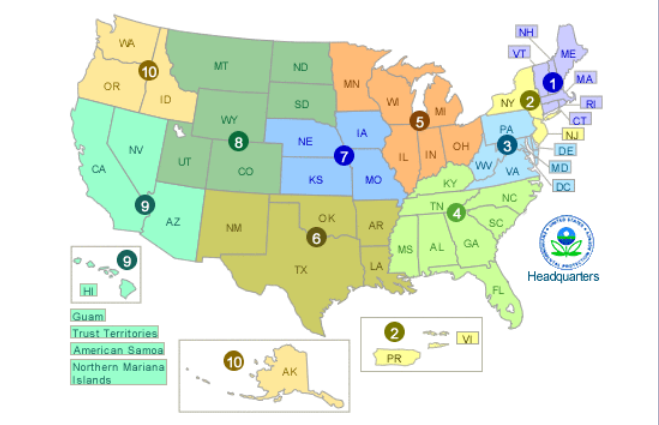Polychlorinated biphenyls (PCBs) are synthetic inorganic compounds comprising carbon, chlorine, and hydrogen. These chlorinated hydrocarbons found widespread use in a range of products, such as fluorescent light fixtures, electrical capacitors, industrial coolants, paints, and caulking, spanning the period from the 1930s to the 1970s. Their favorable characteristics that made them attractive for industrial and residential applications include:
- odorless
- nonflammable
- chemically stable
- possessing a high boiling point
- exhibiting good electrical insulation properties
Although banned in 1979, PCBs persist in environments like school buildings, municipal structures, and rural communities, posing a risk to local residents, especially young children. Exposure to PCBs is linked to severe health issues. Despite these risks, there is a lack of regulations mandating testing for PCB presence.
The only reliable method to definitively identify PCBs is through testing. In cases of uncertainty or suspicion, seeking professional assistance, especially in schools where students may be at risk, is highly recommended. Trained professionals should handle the identification, removal, and disposal of materials containing PCBs to ensure the safety of the school community.
Furthermore, implementing continuous monitoring and maintenance strategies is crucial to prevent the gradual release of PCBs into the environment. Adhering to regulatory guidelines and regulations related to PCB management and remediation is vital for educational institutions to safeguard the well-being of students and staff as well as other business and municipalities for the wellbeing of their occupants.
If there is suspicion that a building contains PCBs, obtaining more information and requesting testing can be done through the regional PCB Coordinator. Please refer to the linked information below for your region and U.S. Environmental Protection Agency (EPA) Coordinator details.
Environmental Protection Agency (EPA) Coordinator information linked below.

- Region 1 – Connecticut, Massachusetts, Maine, New Hampshire, Rhode Island, Vermont
- Region 2 – New Jersey, New York, Puerto Rico, U.S. Virgin Islands
- Region 3 – Delaware, District of Columbia, Maryland, Pennsylvania, Virginia, West Virginia
- Region 4 – Alabama, Florida, Georgia, Kentucky, Mississippi, North Carolina, South Carolina, Tennessee
- Region 5 – Illinois, Indiana, Michigan, Minnesota, Ohio, Wisconsin
- Region 6 – Arkansas, Louisiana, New Mexico, Oklahoma, Texas
- Region 7 – Iowa, Kansas, Missouri, Nebraska
- Region 8 – Colorado, Montana, North Dakota, South Dakota, Utah, Wyoming
- Region 9 – Arizona, California, Hawaii, Nevada, Pacific Islands
- Region 10 – Alaska, Idaho, Oregon, Washington
Those in Pennsylvania or elsewhere in the United States who believe they may have a claim are encouraged to speak with an attorney at McEldrew Purtell about their rights and what can be done to protect them.
Resources for PCB Testing
Contacting an experienced and qualified laboratory to conduct PCB testing is advised before handling any possible contaminated materials. You can contact the Environmental Protection Agency’s Regional PCB Programs and Coordinators for more information regarding testing and safety.
Each laboratory and testing facility may have their own requirements and procedures for testing. Contact a professional before doing any demolition, or handling materials on your own if you suspect the presence of materials containing PCB.
Take Action
- Reach out to established environmental organizations or consider founding your own advocacy group. America Unites for Kids and NY Communities for Change are examples of groups that have addressed PCB contamination.
- Engage with various stakeholders such as the school board, administrators, custodial staff, teacher’s union, Parent-Teacher Association (PTA), and Health and Safety Committee (mandated in New York). Advocate for testing for PCB in caulking and light fixtures if the school building was constructed between the 1930s and 1980.
- Communicate with legislative officials at the local, state, and federal levels through both phone calls and written correspondence. Express your support for legislation mandating PCB testing in schools, as a collective voice is more likely to garner attention.
- Contact the chairperson and members of your state’s Department of Education and Department of Environmental Conservation.
- Inform local media outlets, including newspapers, television, and radio stations, about the issue at hand.
- Educate local construction unions and custodial unions about the presence of PCB in caulking and light fixtures. Emphasize the importance of proper handling, use, and disposal due to the persistence and potential hazards of PCBs. Note that some unions may resist testing due to concerns about potential job loss. Under the law, custodians and maintenance personnel have the “right to know” if they are dealing with hazardous materials.
- Submit hard copies of your requests via fax or U.S. mail to ensure visibility. Recognize that legislators receive numerous emails, and follow-up calls can help confirm that your representative has received your communication.
- Take your own PCB sample by contacting a laboratory listed above that specializes in PCB testing. Prior to sampling, inquire about the appropriate sample size and removal technique.
Contacting an Experienced Toxic Tort Lawyer
McEldrew Purtell specializes in helping people who have unknowingly been exposed to PCBs and experienced health-related issues as a result.
If you, a loved one, or a client are a victim of PCB exposure, fill out our form or call us directly at (215) 545-8800 to speak to one of our experienced toxic tort lawyers.